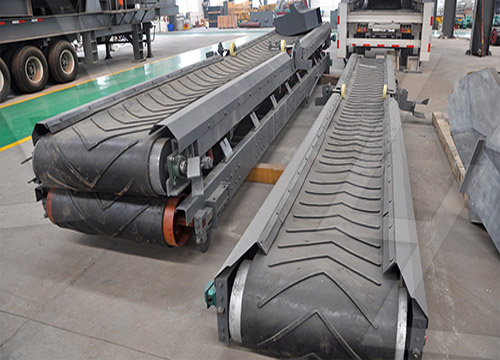A four-roller crusher reducer is a critical component in a four-roller crusher system, responsible for transmitting power from the motor to the crushing rollers while reducing speed and increasing torque. Here’s a detailed breakdown:
Key Functions of the Reducer
1. Speed Reduction – Converts high-speed motor rotation into lower-speed, high-torque output for efficient crushing.
2. Torque Amplification – Ensures sufficient crushing force to break down materials (e.g., coal, ore, limestone).
3. Load Distribution – Helps evenly distribute mechanical stress across all four rollers.
Components of the Reducer
– Gear Stages: Typically helical or bevel gears for smooth power transmission.
– Housing: Robust cast iron or steel enclosure for durability.
– Bearings: High-capacity bearings to support heavy loads.
– Shafts: Precision-machined input/output shafts connected to the motor and rollers.
– Lubrication System: Oil bath or forced lubrication to minimize wear.
Types of Reducers Used
1. Parallel Shaft Gear Reducers – Common for moderate torque needs.
2. Planetary Gear Reducers – Compact design with high torque capacity.
3. Cycloidal Reducers – High shock-load resistance (useful in mining/crushing).
4. Worm Gear Reducers – Used where space constraints exist but less efficient.
Selection Considerations
– Crushing Capacity: Determines required torque/speed ratio.
– Material Hardness: Affects gear durability requirements.
– Operating Environment: Dusty/wet conditions may need sealed reducers.
– Maintenance Needs: Easy-access designs reduce downtime.
 Common Issues & Solutions
Common Issues & Solutions
1. Overheating → Check lubrication levels, ensure proper cooling.
2. Gear Wear → Use hardened alloy gears; monitor alignmen.jpg) 3. Vibration/Noise → Inspect bearings and shaft balance.
3. Vibration/Noise → Inspect bearings and shaft balance.
Manufacturers & Standards
– Brands: Siemens, Flender, Nord, Bonfiglioli, Sumitomo.
– Standards: ISO 6336 (gear calculations), AGMA 6010 (industrial gear ratings).
Would you like specifics on installation alignment or maintenance schedules?





Leave a Reply